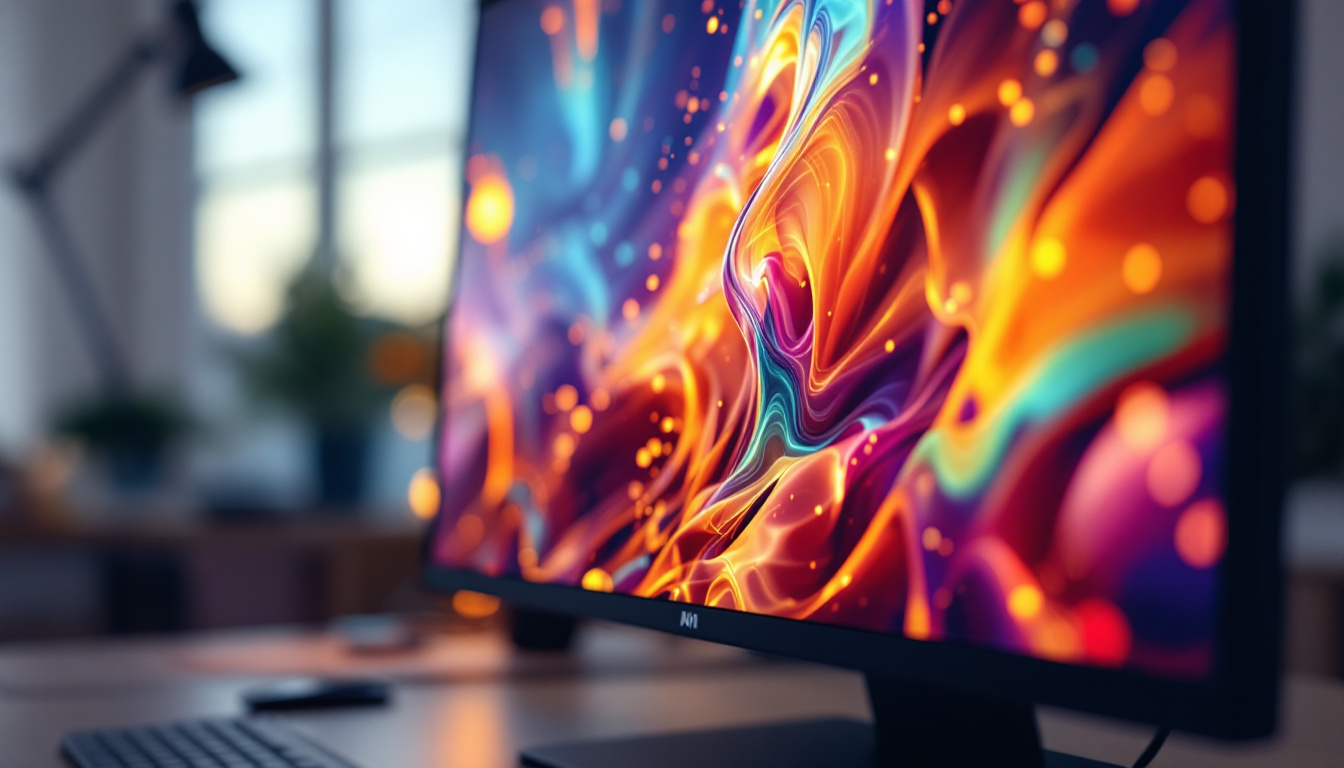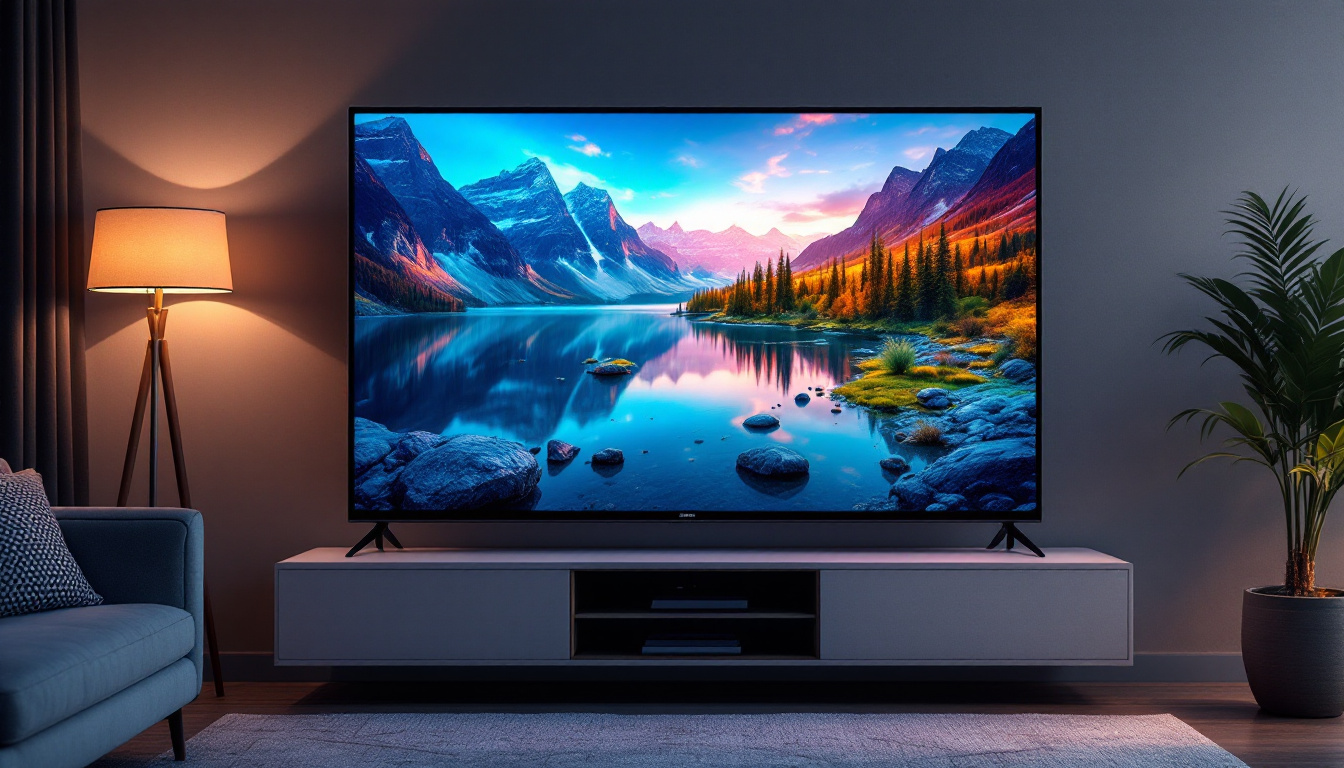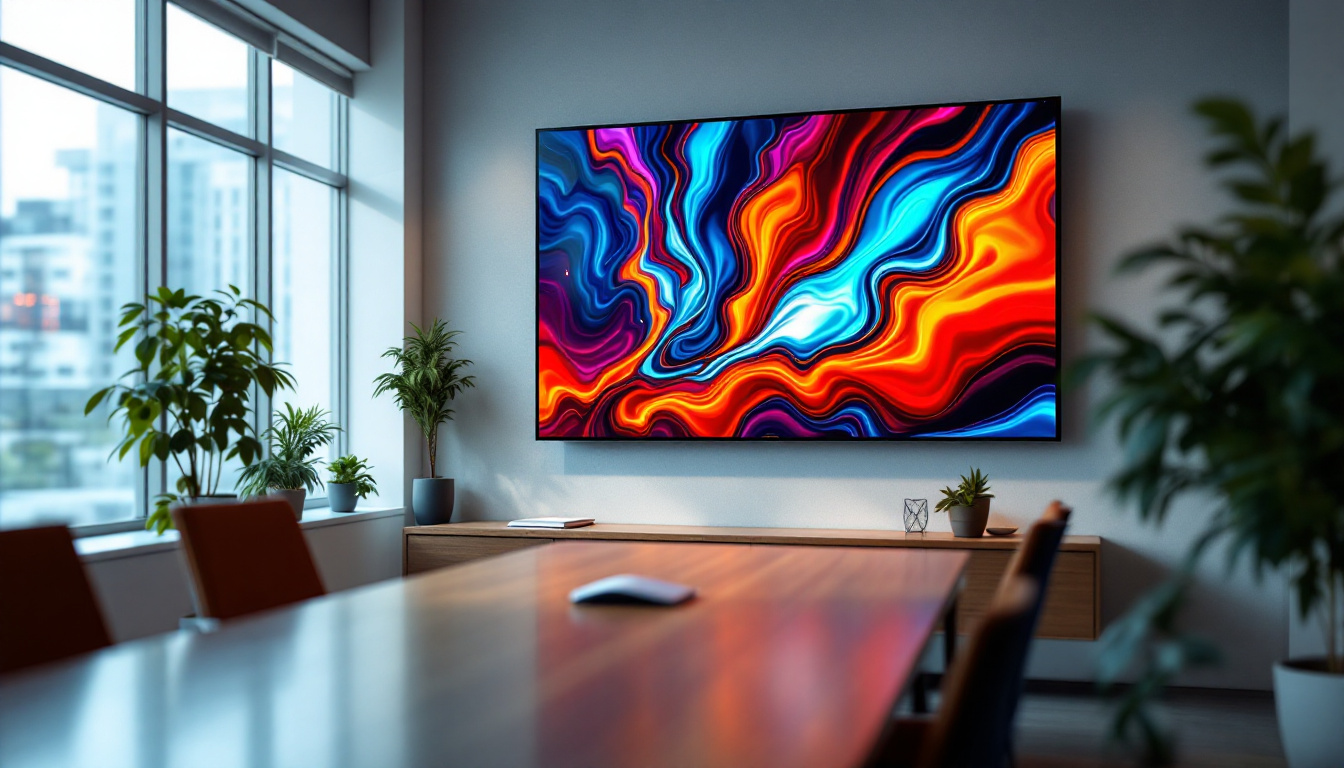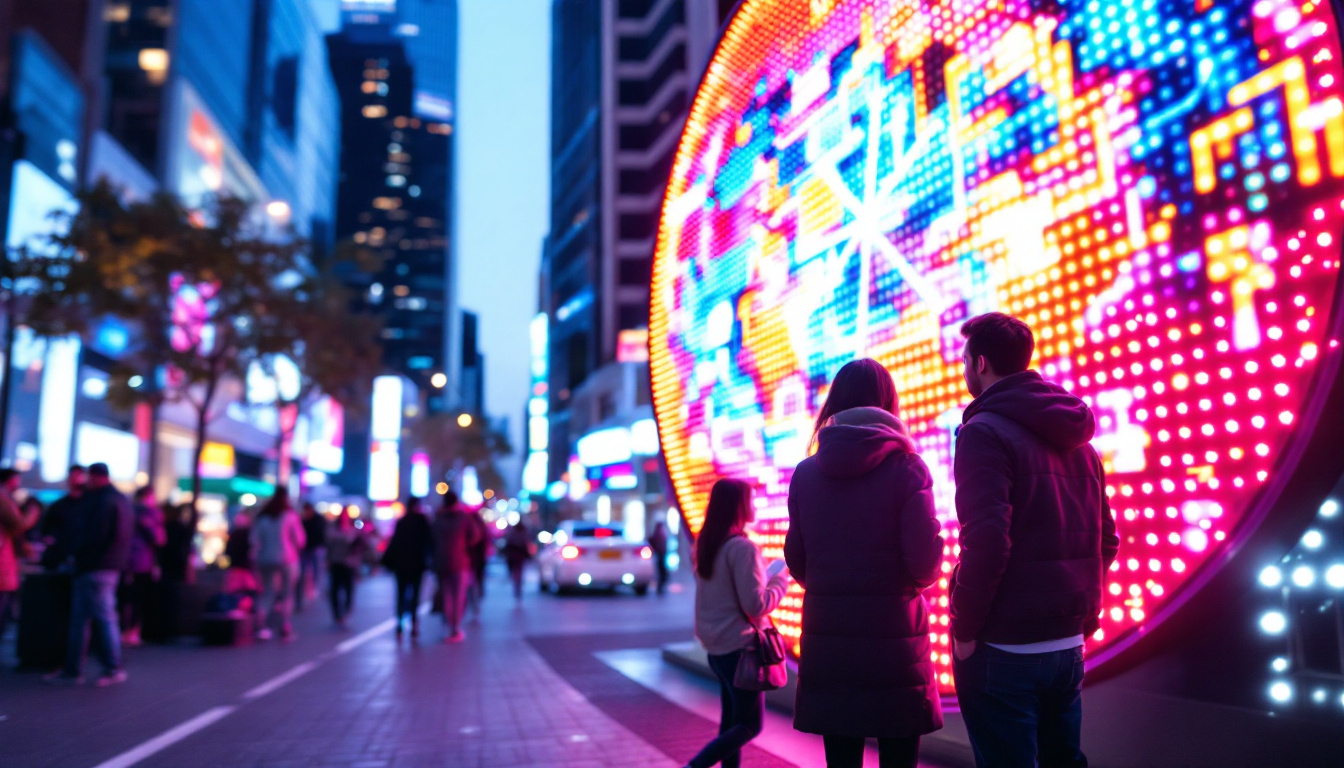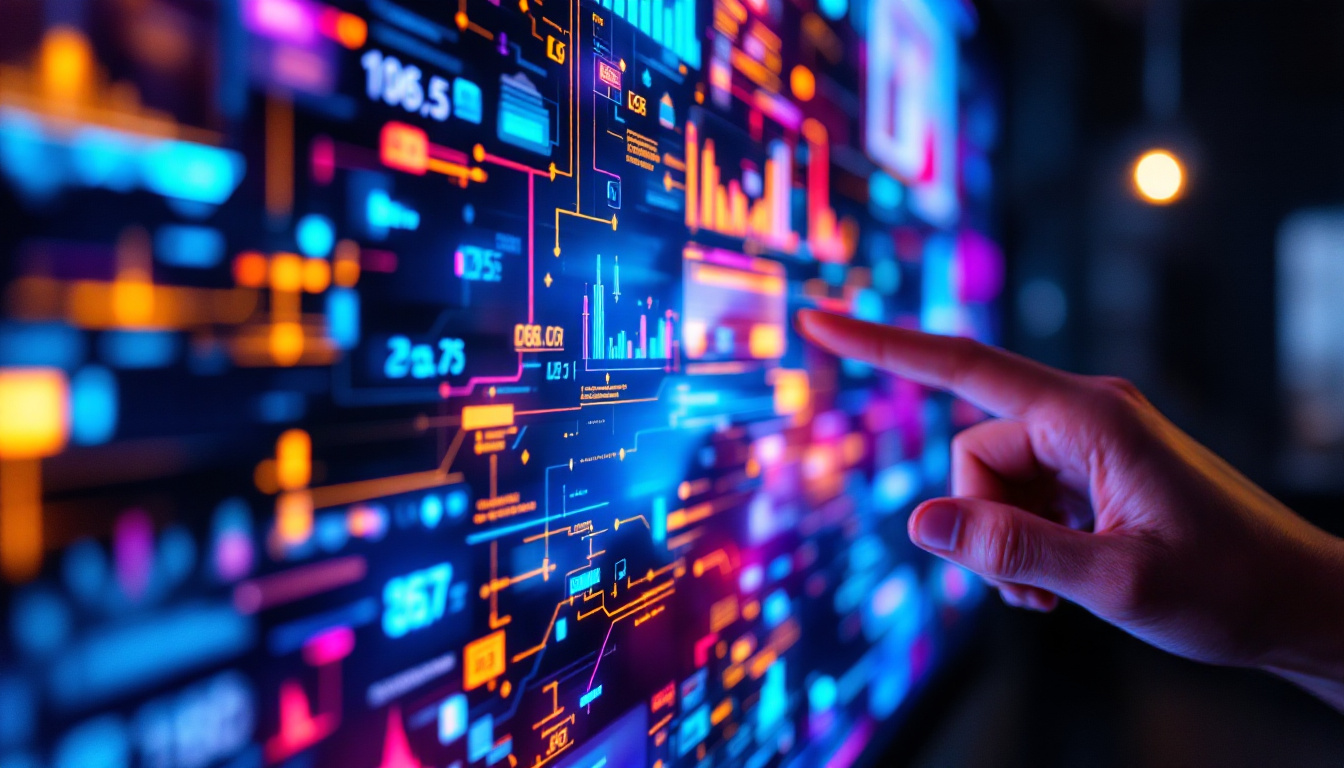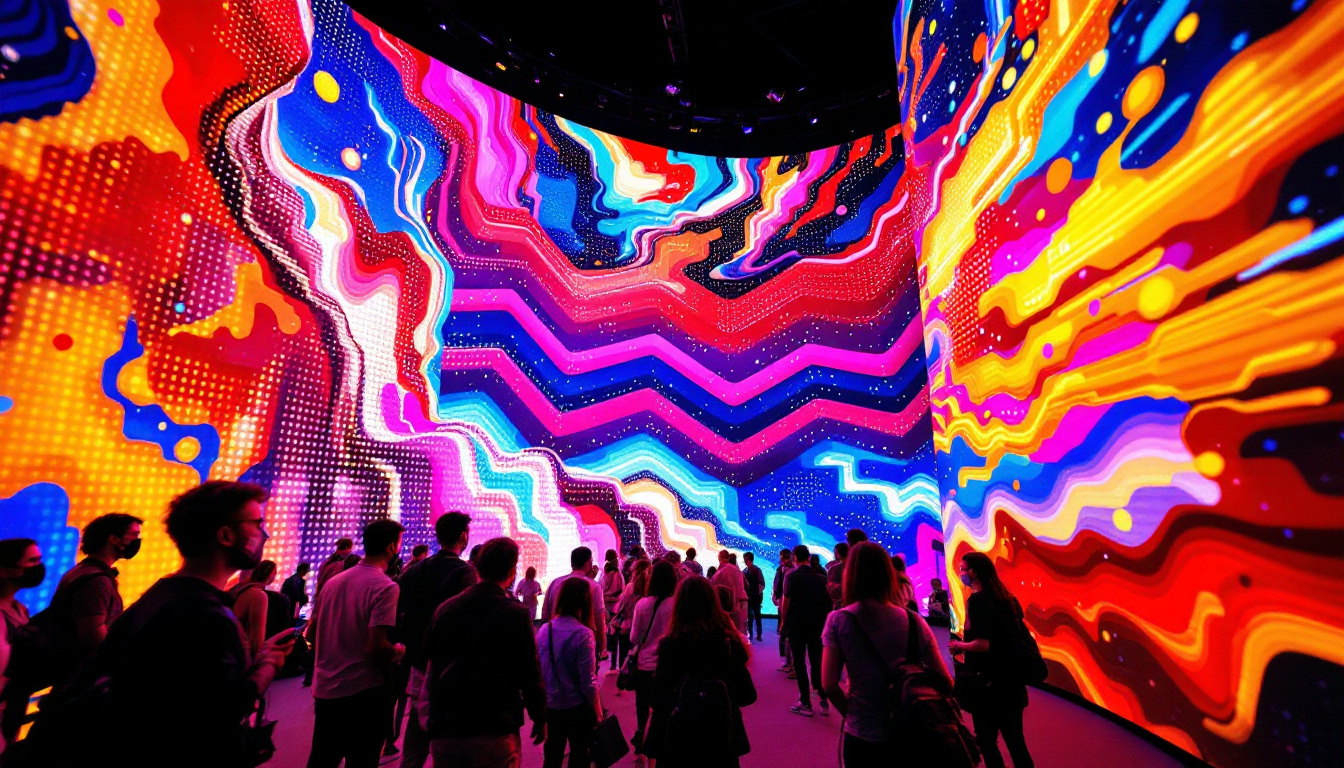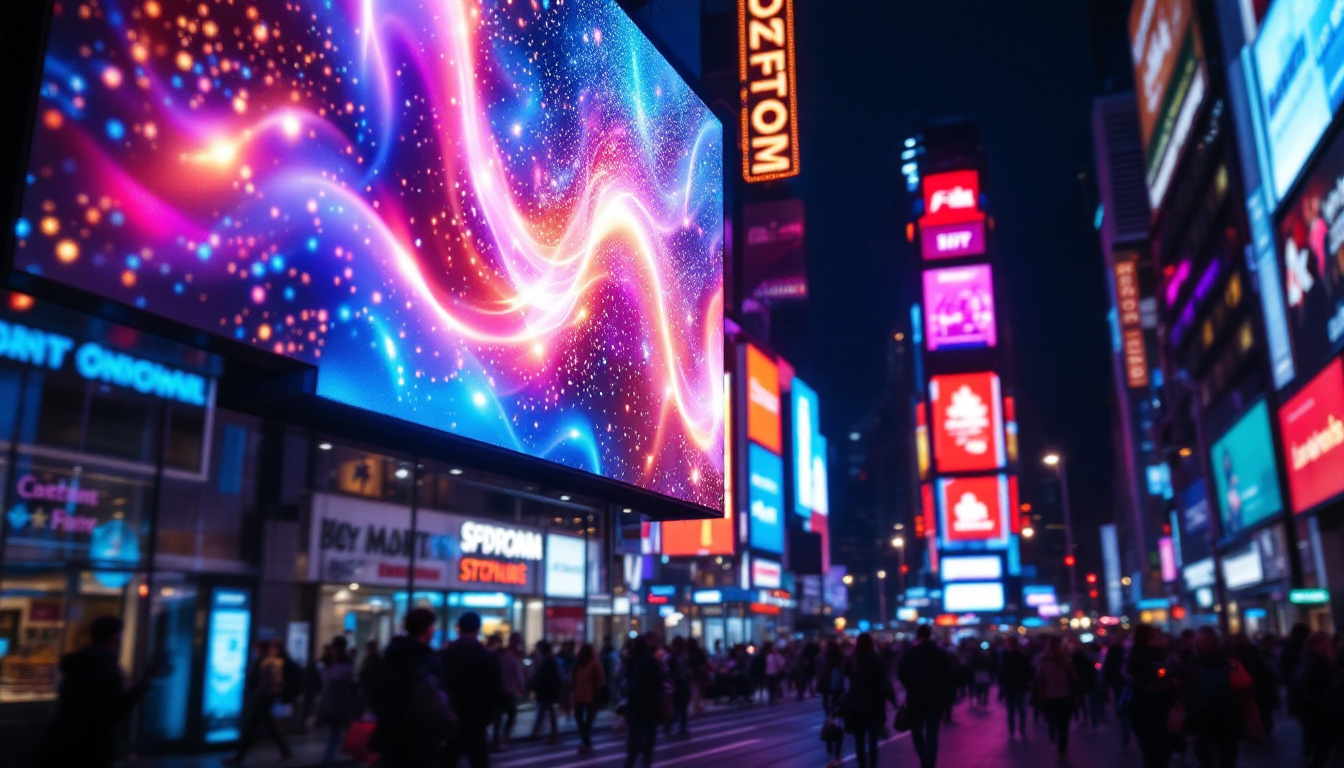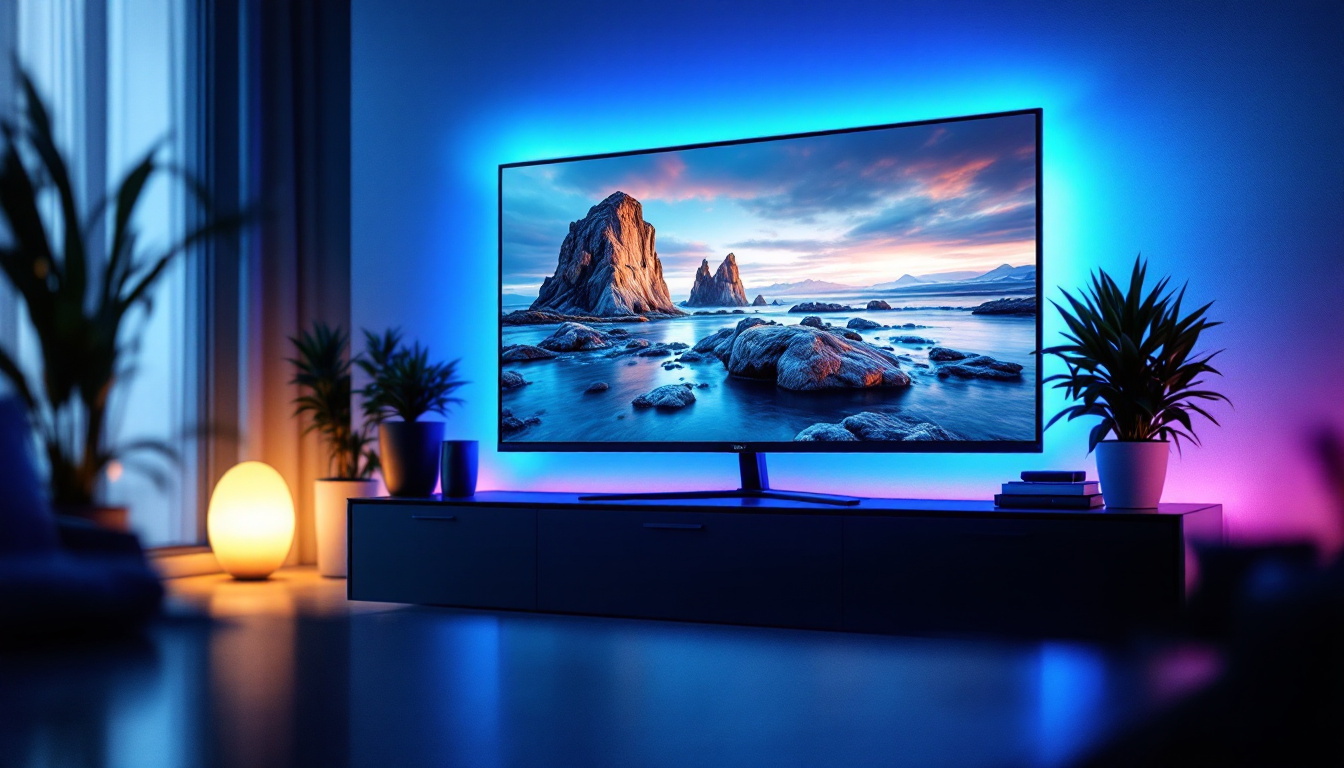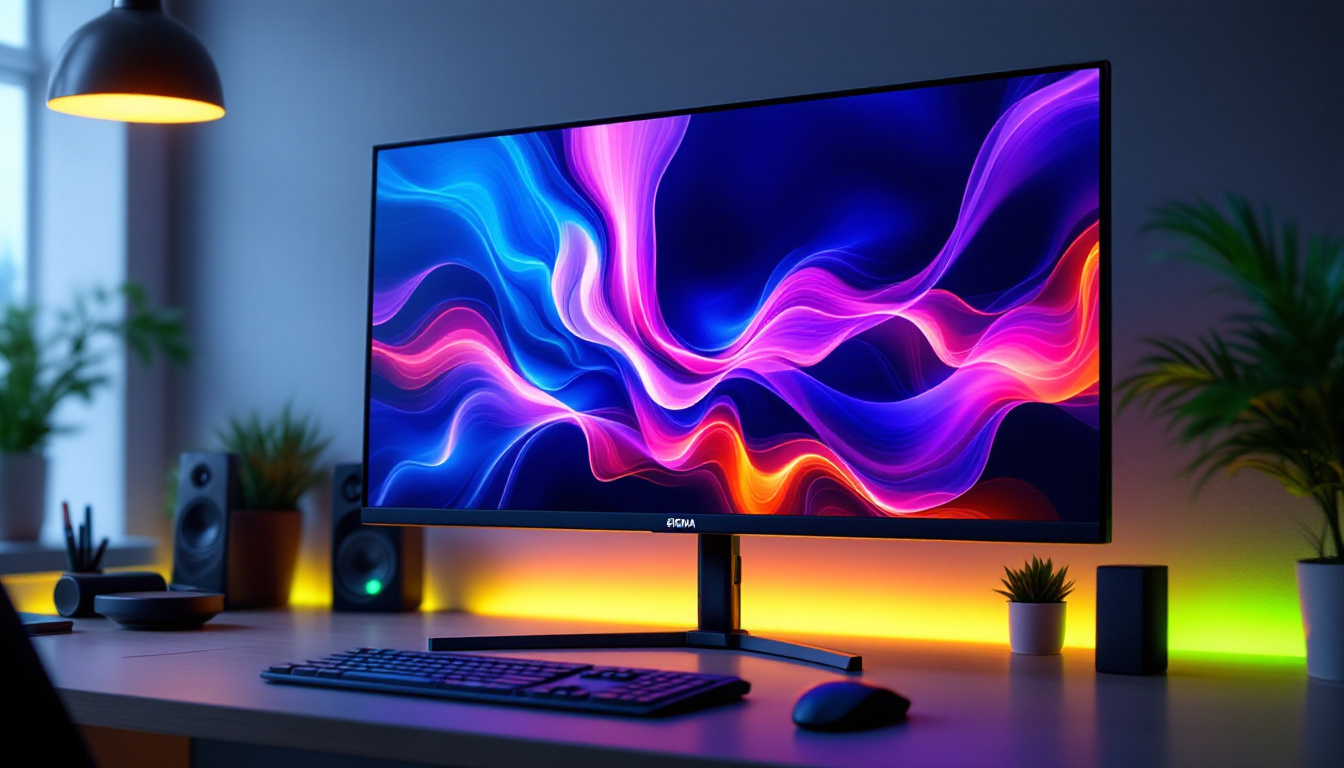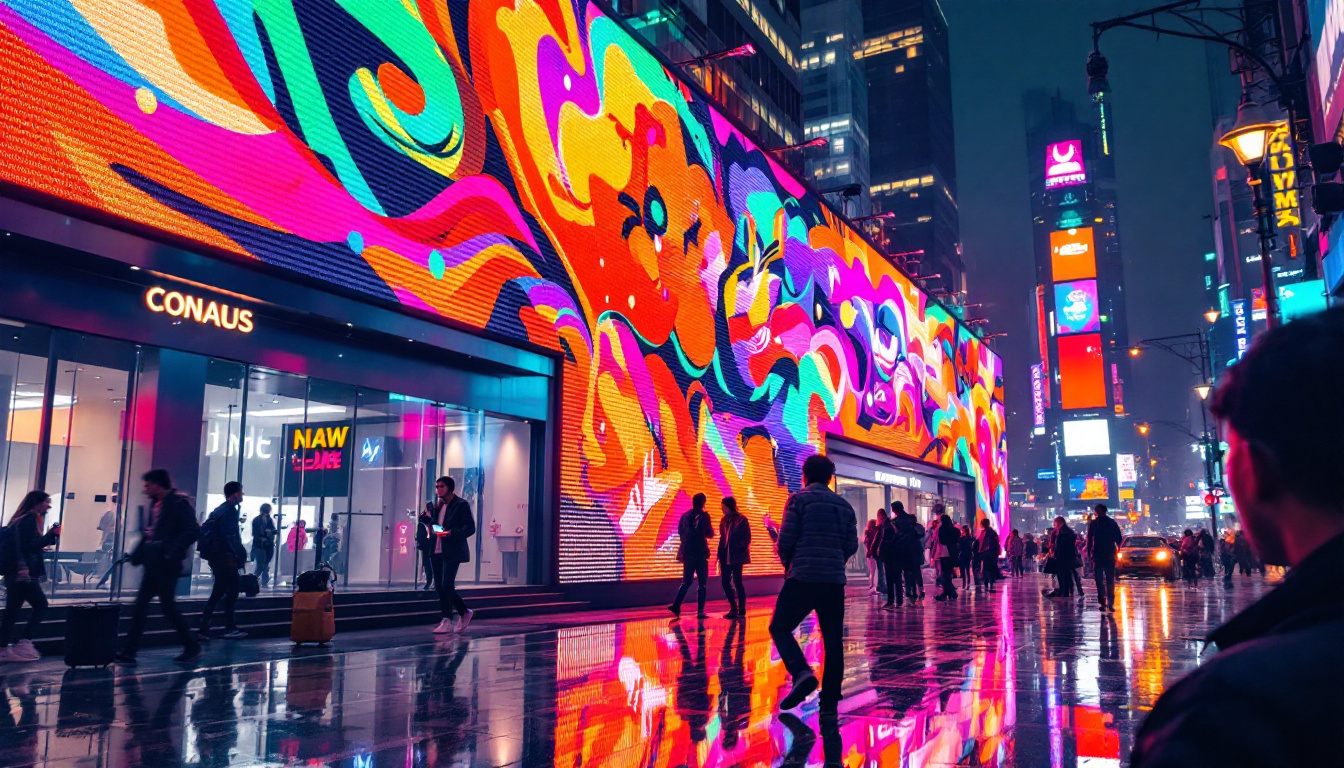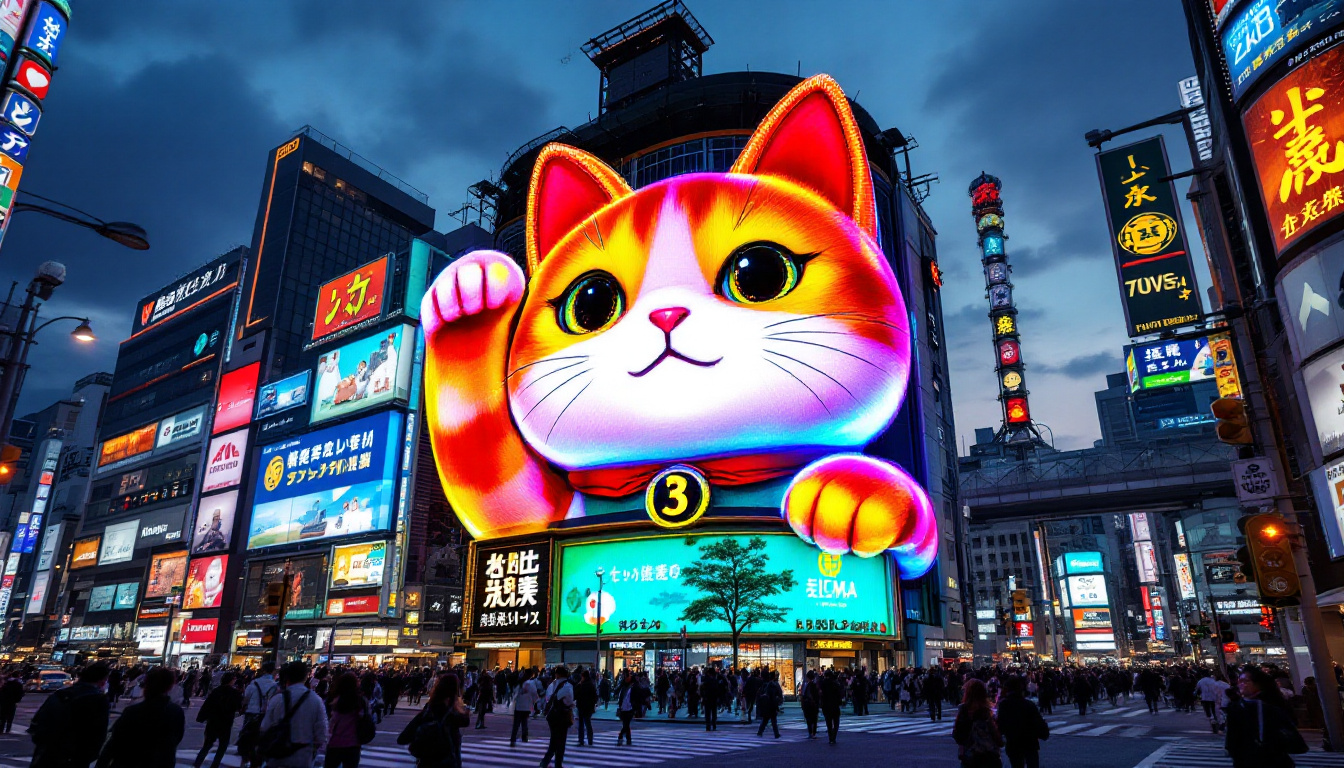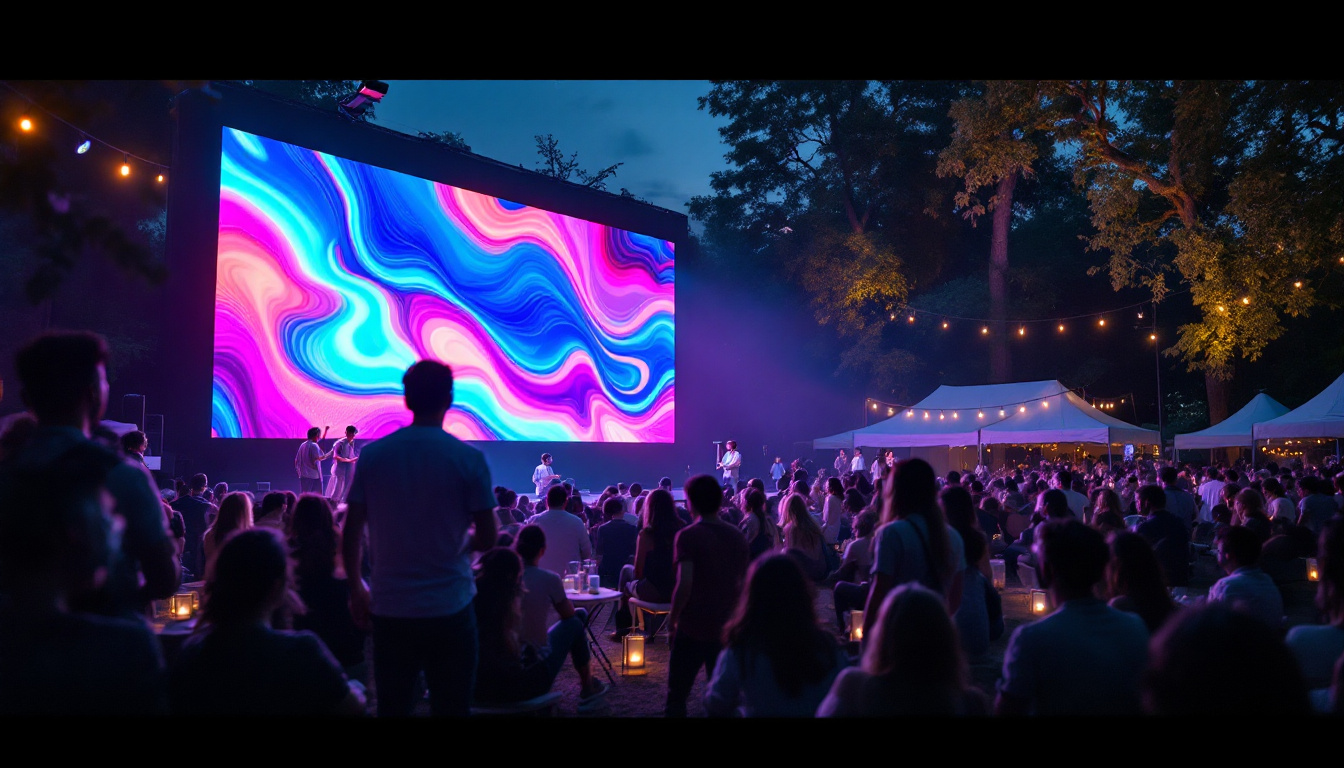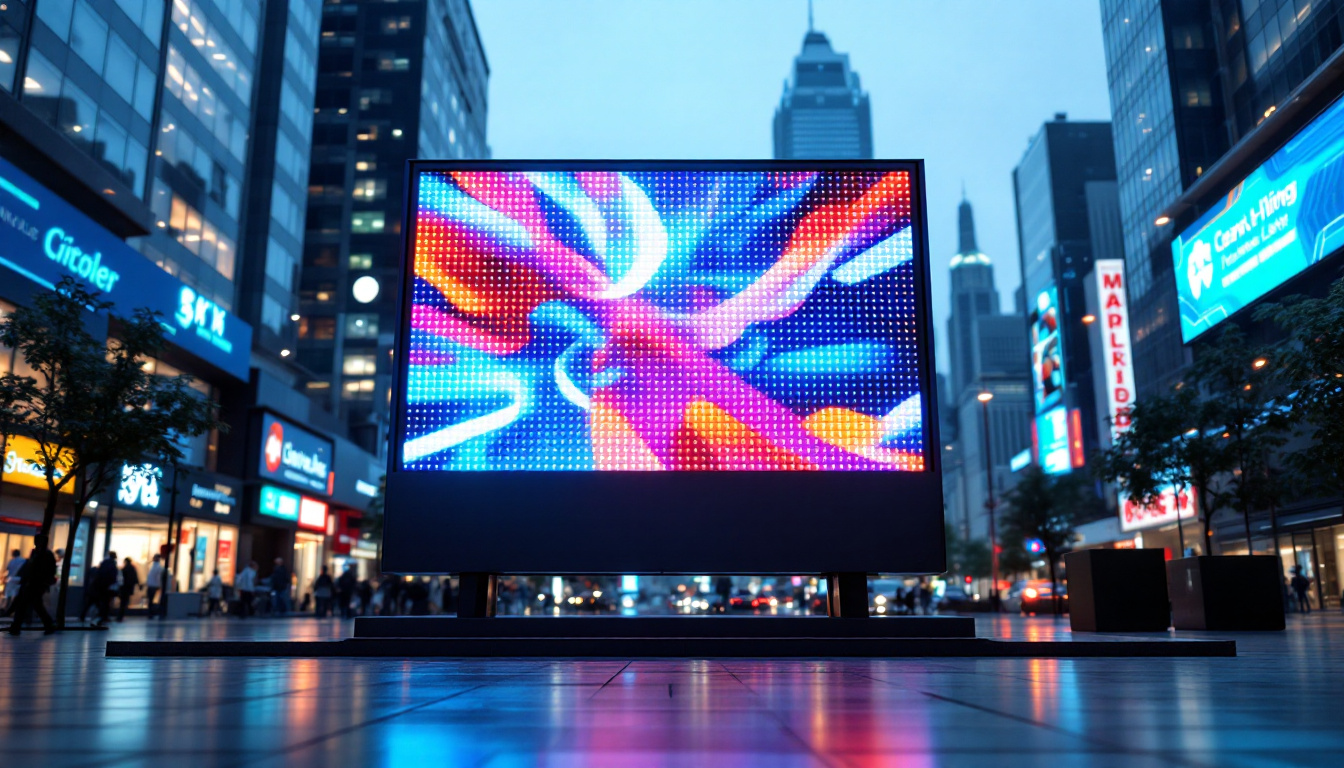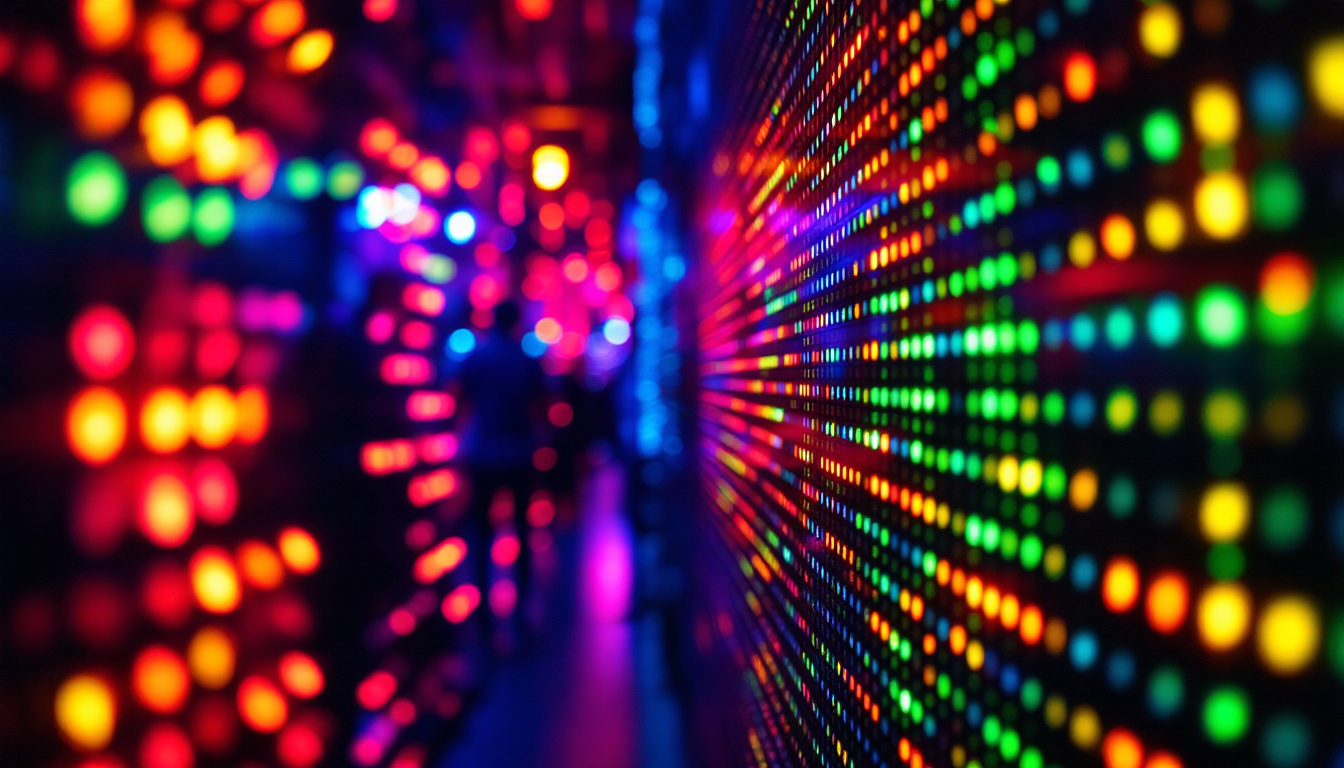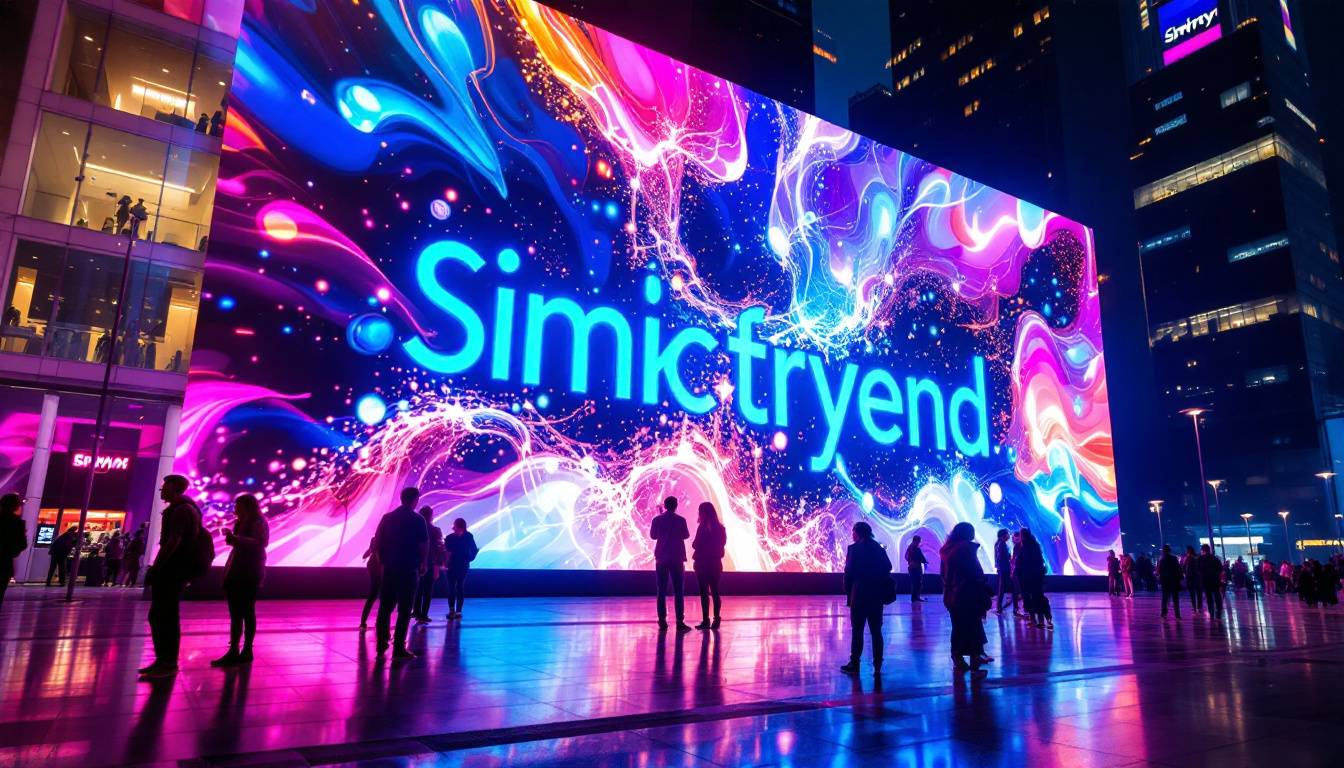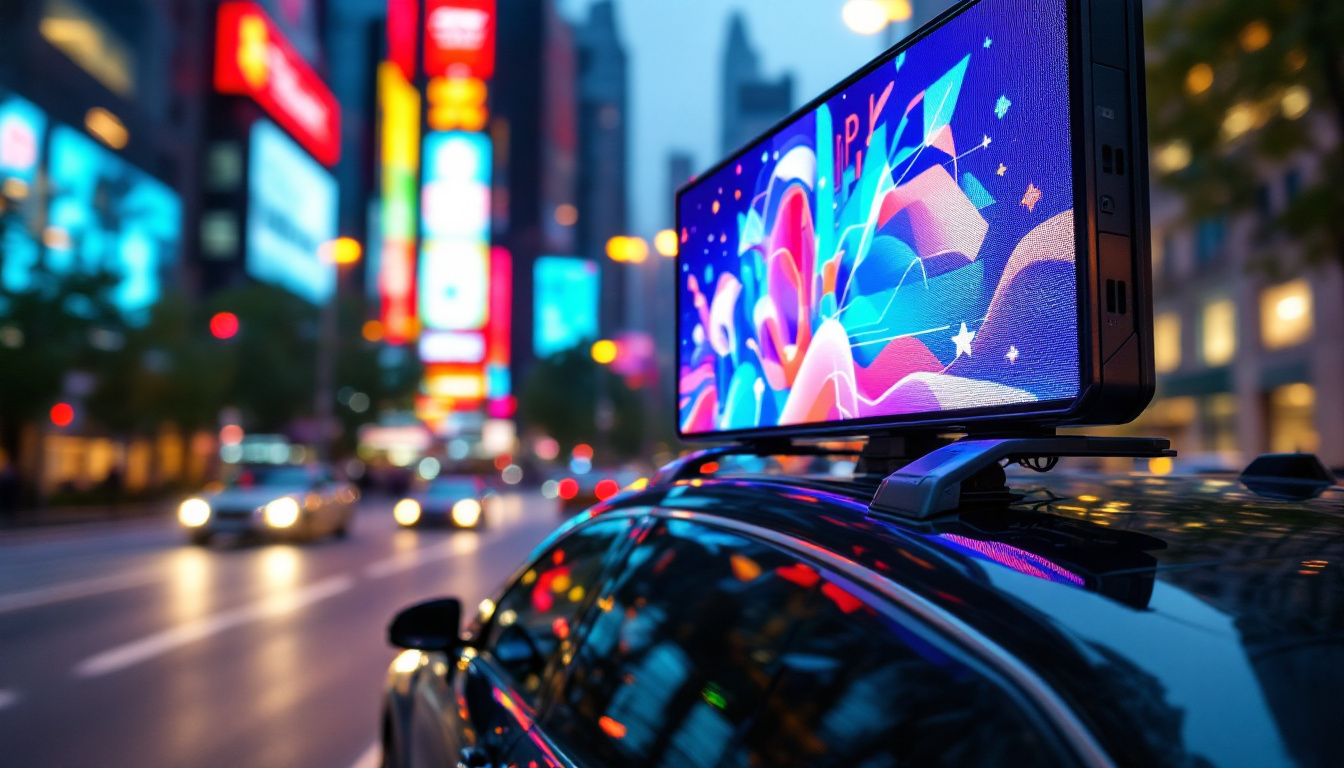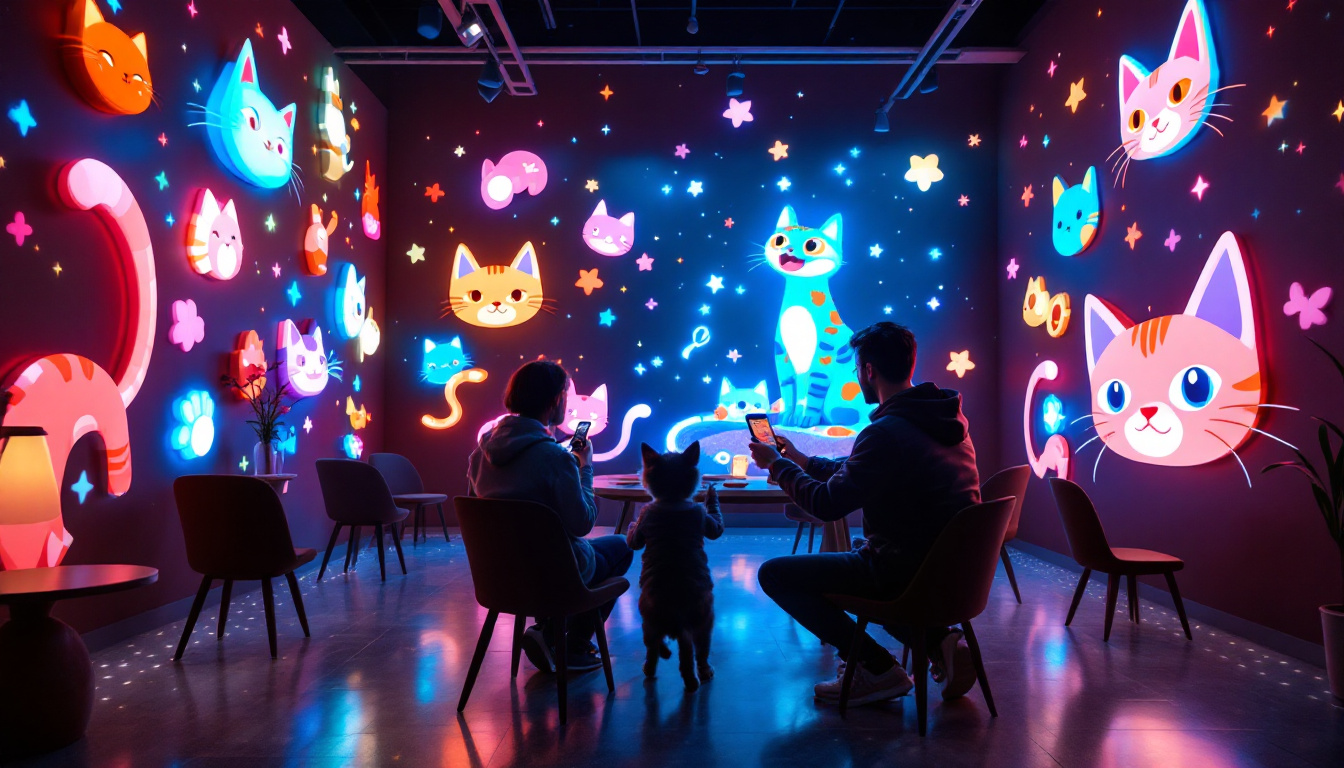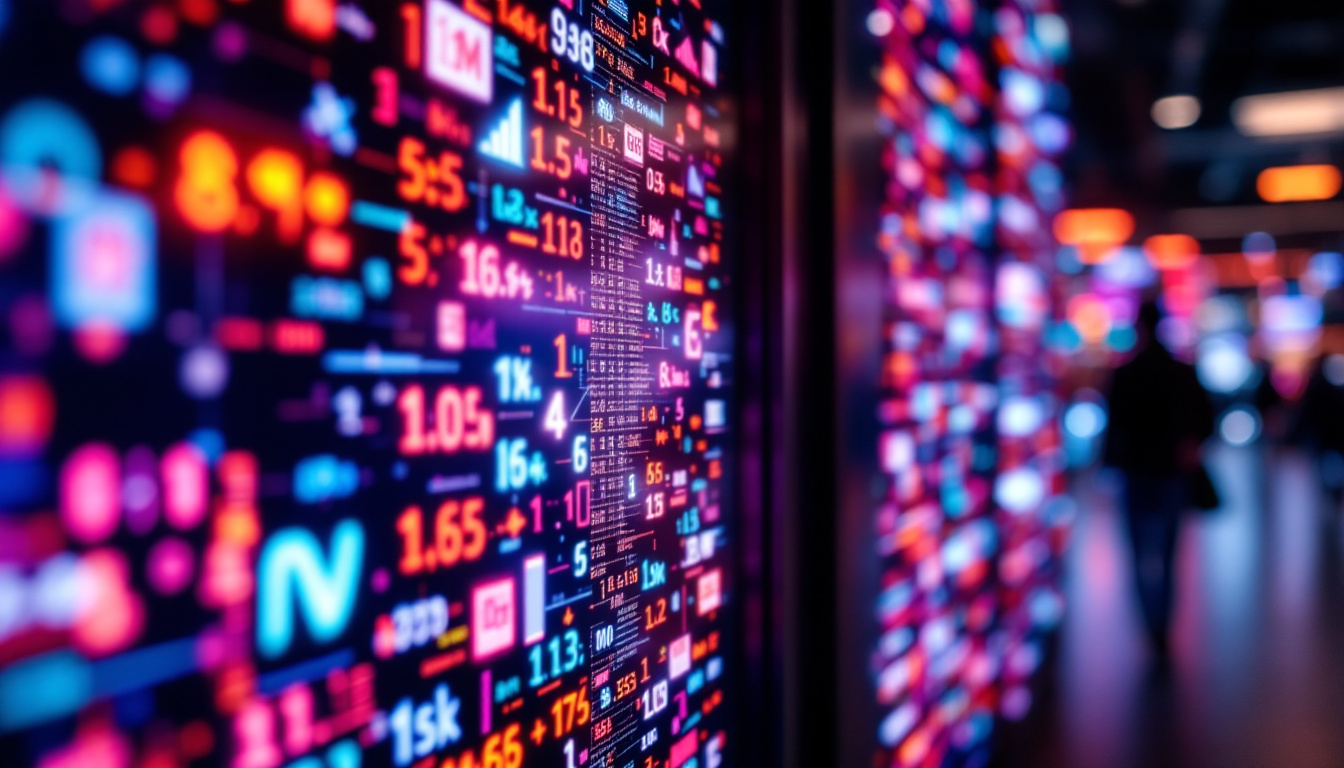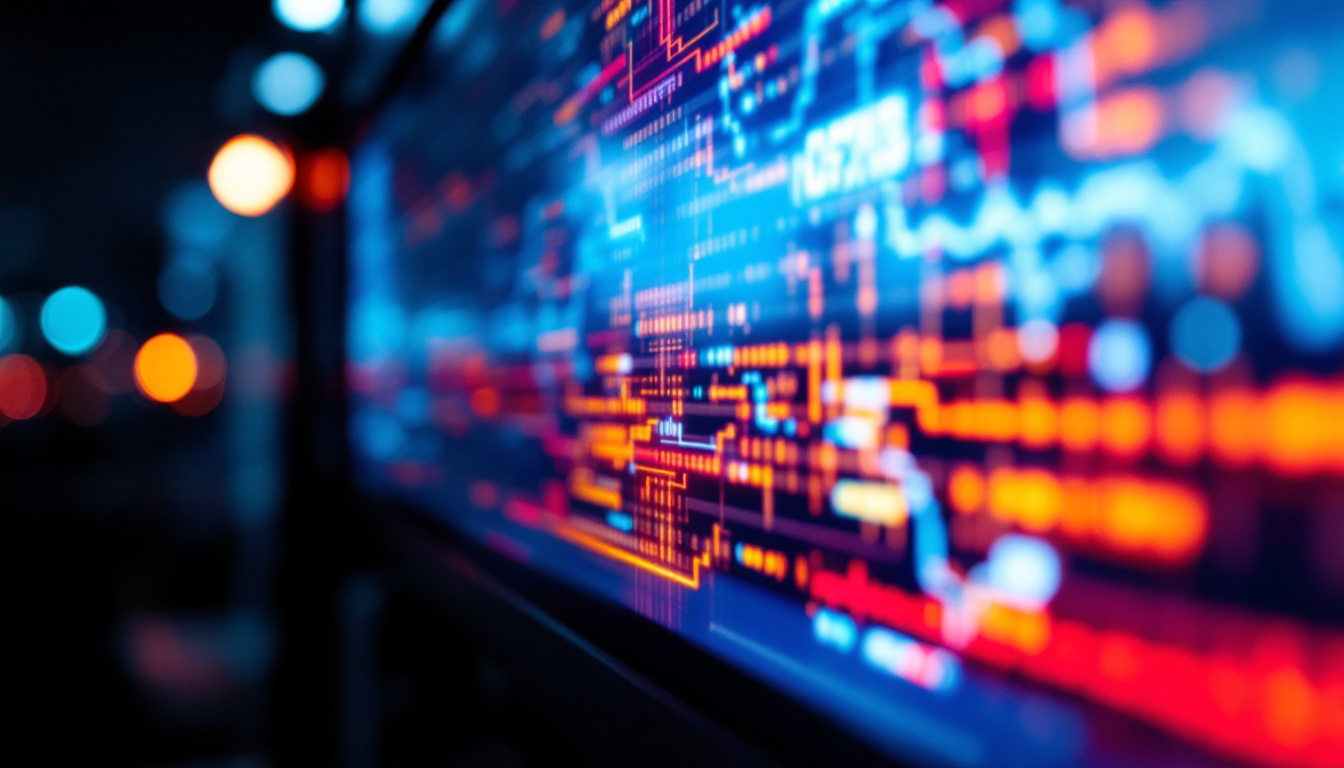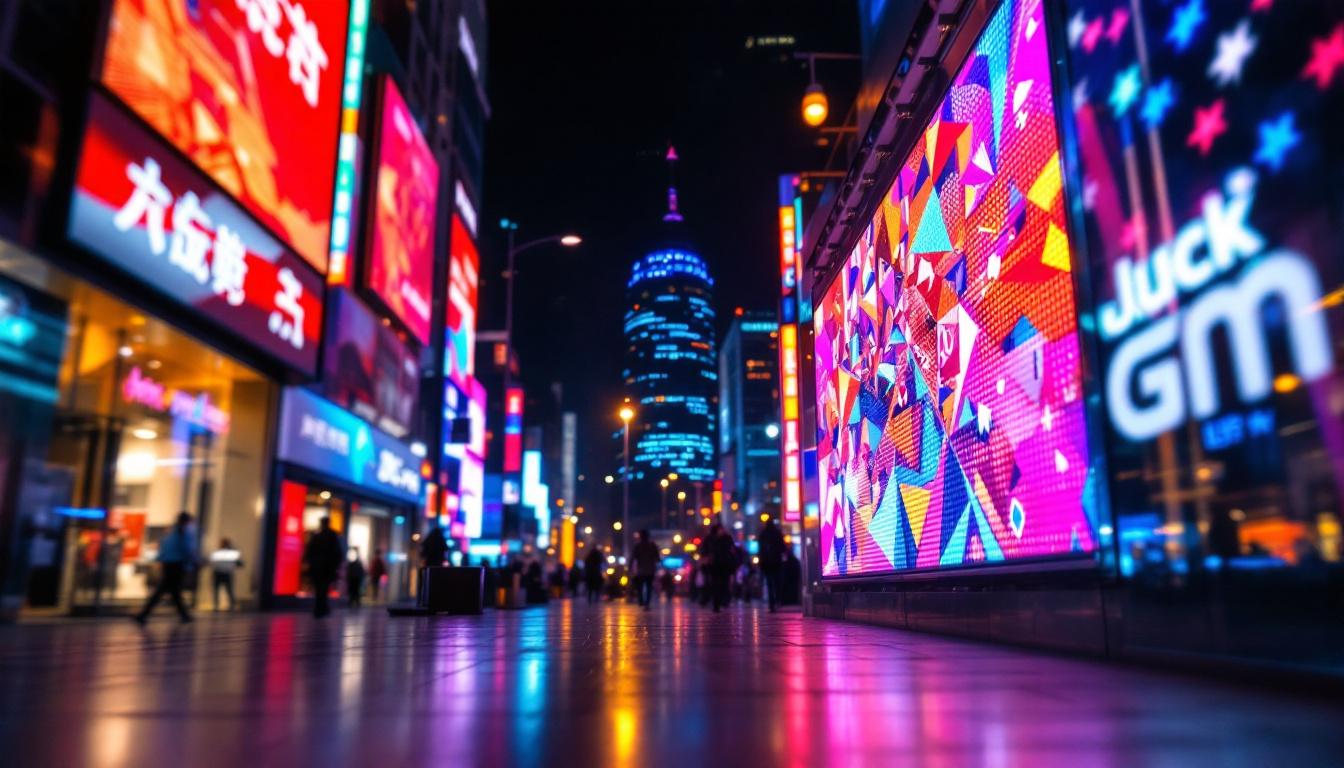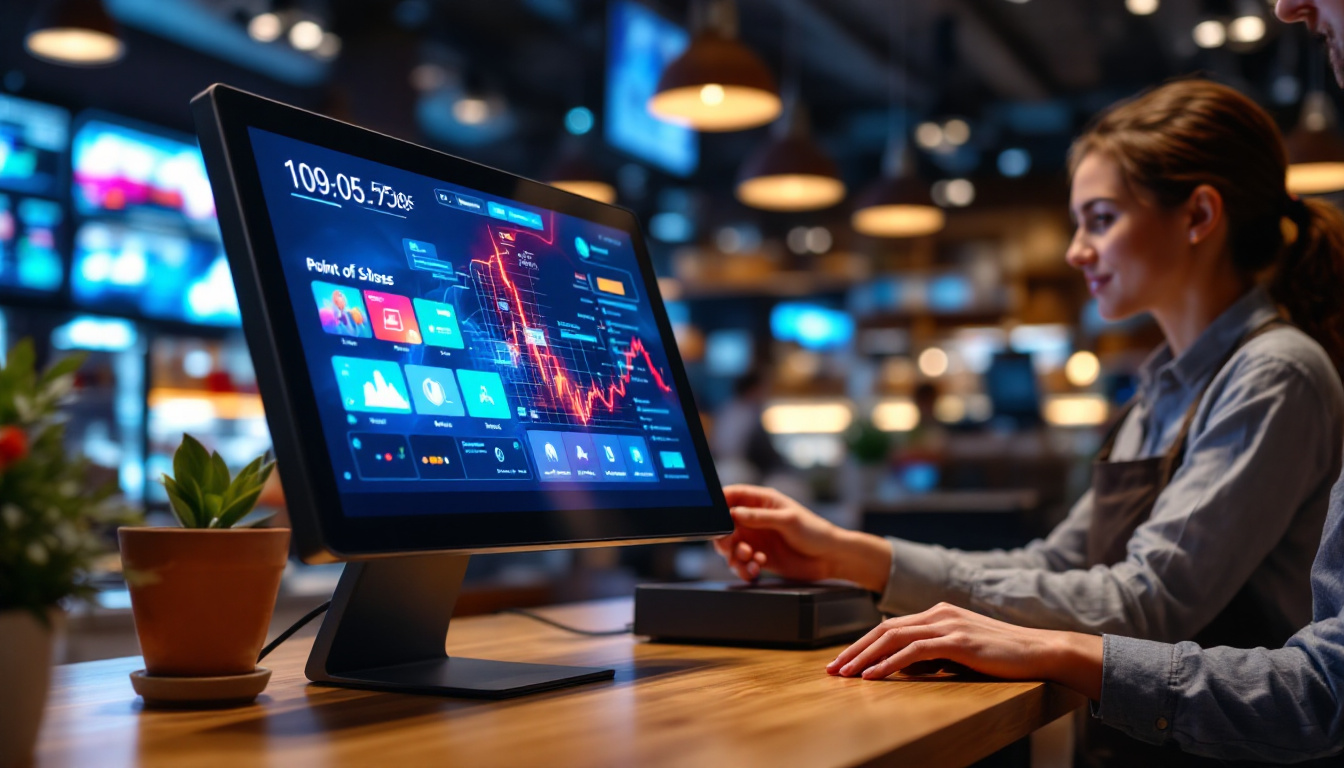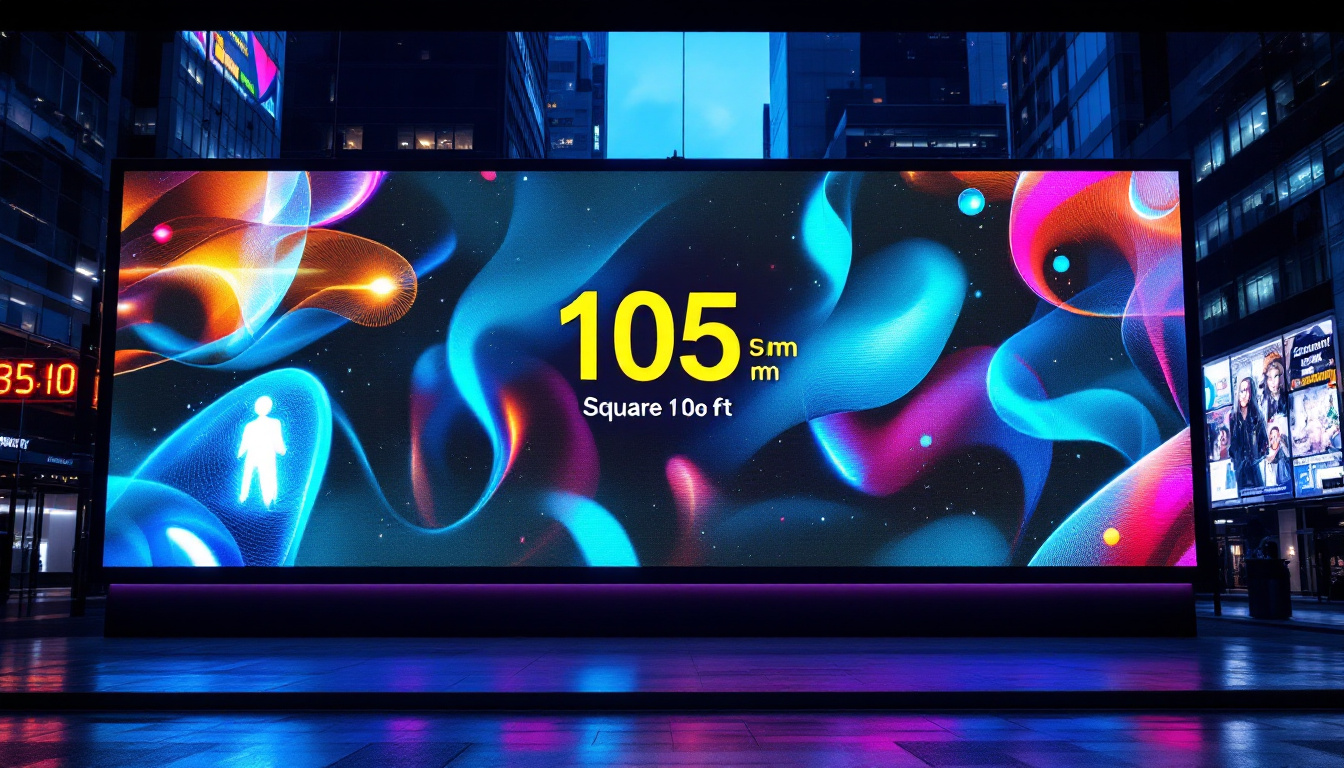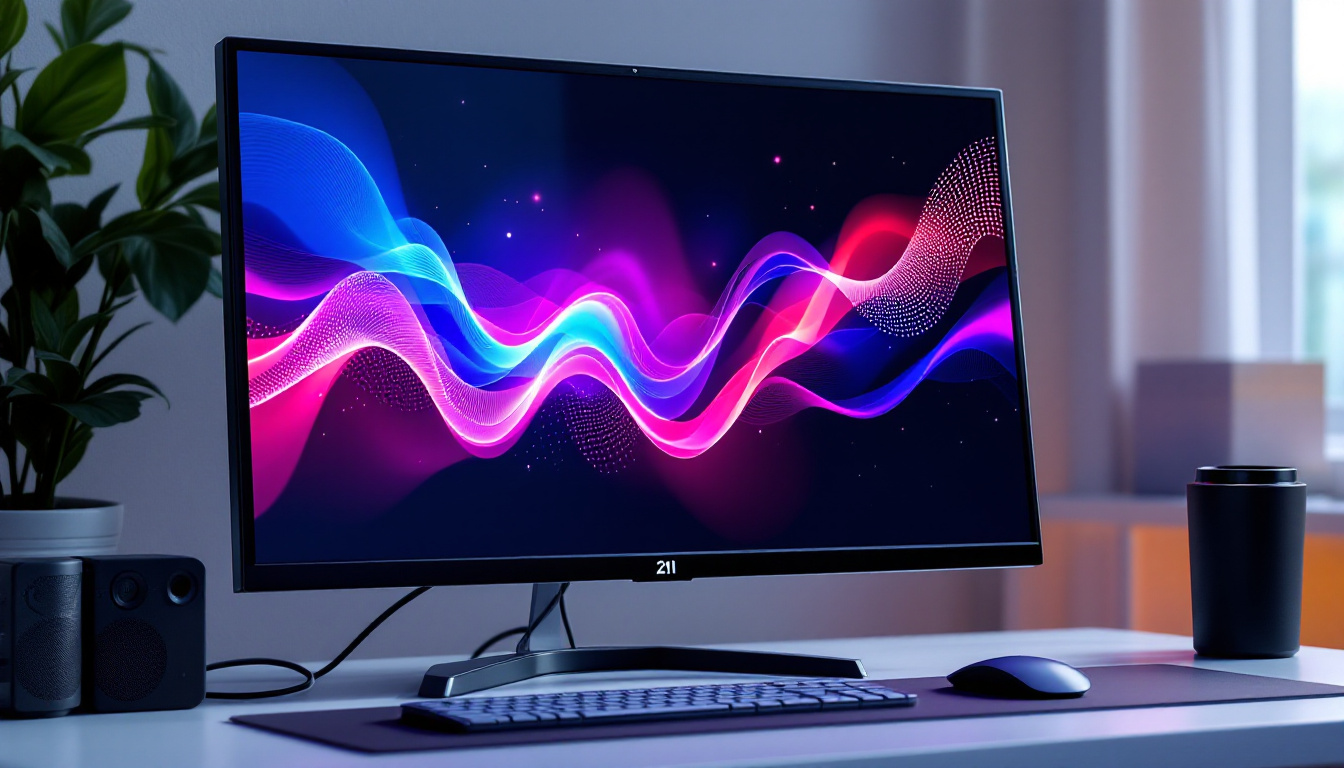In the modern world, LED displays have become ubiquitous, transforming the way information is presented and consumed. From vibrant billboards in bustling cities to sleek screens in homes and offices, LED technology has revolutionized visual communication. This article delves into the intricacies of LED displays, exploring their technology, applications, and the future of this dynamic medium.
Understanding LED Technology
Light Emitting Diodes (LEDs) are semiconductor devices that emit light when an electric current passes through them. This technology has evolved significantly since its inception, leading to the development of various types of LED displays. Understanding how these displays work is crucial to appreciating their impact across different sectors. From residential lighting to massive outdoor billboards, LEDs have revolutionized the way we experience illumination and visual information.
The Basics of LED Operation
At the core of LED technology is the principle of electroluminescence. When electrons recombine with holes in a semiconductor material, they release energy in the form of light. This process is highly efficient, making LEDs a preferred choice for lighting and display applications. Unlike traditional incandescent bulbs, LEDs consume less power and have a longer lifespan, contributing to their widespread adoption. Moreover, the compact size of LEDs allows for innovative designs and applications, enabling manufacturers to create thinner and more versatile products that fit seamlessly into modern aesthetics.
Types of LED Displays
LED displays come in various forms, each designed for specific applications. The most common types include:
- Direct View LED Displays: These displays consist of individual LED modules that create images by directly emitting light. They are often used in outdoor advertising and large-scale installations, such as stadium screens, where visibility from a distance is crucial.
- LED-backlit LCD Displays: These displays use LEDs to illuminate an LCD panel, enhancing brightness and color accuracy. They are commonly found in televisions and computer monitors, providing users with vibrant visuals and energy efficiency compared to traditional backlighting methods.
- Organic LED (OLED) Displays: Utilizing organic compounds, these displays offer exceptional color quality and flexibility. They are increasingly used in smartphones and high-end televisions, where the ability to produce deep blacks and a wide color gamut significantly enhances the viewing experience.
In addition to these common types, there are also specialized LED displays designed for niche applications. For instance, MicroLED technology is emerging as a game-changer in the display industry, promising even higher resolutions and improved energy efficiency. These tiny, self-emissive pixels can create stunning visuals with incredible detail, making them ideal for high-end consumer electronics and professional displays. Furthermore, advancements in LED technology continue to push the boundaries of what is possible, with innovations such as flexible LED screens and transparent displays, which open up new avenues for creative applications in architecture and advertising.
Applications of LED Displays
The versatility of LED displays allows them to be utilized in a wide range of applications. From advertising to entertainment, their impact is profound and far-reaching.
Advertising and Marketing
One of the most prominent uses of LED displays is in advertising. Billboards and digital signage have transformed the landscape of marketing, allowing brands to engage consumers in real-time. The ability to change content dynamically means that advertisers can tailor messages based on audience demographics, time of day, or even current events.
Moreover, the brightness and clarity of LED displays ensure that advertisements capture attention, even in bright daylight. This effectiveness has led to a surge in the use of LED technology in urban environments, where competition for consumer attention is fierce. Additionally, the integration of interactive elements, such as QR codes or touch screens, allows consumers to engage with advertisements in a more meaningful way, further bridging the gap between digital and physical marketing strategies.
Entertainment and Events
LED displays have also made significant inroads into the entertainment industry. Concerts, festivals, and sporting events utilize large LED screens to enhance the audience experience. These displays can showcase live feeds, graphics, and animations, creating an immersive environment for attendees.
In addition to live events, LED technology is integral to the film and television industry. Studios use LED screens for virtual production, allowing filmmakers to create realistic backgrounds and environments without the need for extensive physical sets. This technology not only streamlines the production process but also allows for greater creative freedom, as filmmakers can manipulate lighting and scenery in real-time. Furthermore, the use of LED displays in theme parks and attractions has revolutionized the way stories are told, providing visitors with engaging and interactive experiences that blend the physical and digital worlds seamlessly.
Information and Communication
Beyond advertising and entertainment, LED displays play a crucial role in information dissemination. Transportation hubs like airports and train stations use LED screens to provide real-time updates on schedules and arrivals. This functionality enhances passenger experience and operational efficiency.
Similarly, educational institutions have adopted LED displays for teaching purposes. Interactive LED boards facilitate engaging learning experiences, allowing educators to present information dynamically and visually. These boards can be used for a variety of educational activities, from displaying multimedia presentations to conducting interactive quizzes that encourage student participation. Moreover, the adaptability of LED technology means that it can be used in various settings, from classrooms to auditoriums, making it an invaluable tool for modern education. As technology continues to evolve, the potential applications of LED displays in both communication and education are likely to expand even further, paving the way for innovative teaching methods and enhanced information sharing.
Advantages of LED Displays
The growing popularity of LED displays can be attributed to several advantages they offer over traditional display technologies. These benefits make them an attractive option for a wide range of applications.
Energy Efficiency
One of the most significant advantages of LED displays is their energy efficiency. Compared to traditional lighting technologies, LEDs consume significantly less power. This not only reduces operational costs but also minimizes environmental impact. In an era where sustainability is paramount, the adoption of LED technology aligns with eco-friendly practices.
Longevity and Durability
LED displays are known for their longevity, often lasting tens of thousands of hours. This durability translates to lower maintenance costs and less frequent replacements. Additionally, LEDs are more resistant to shock and vibration, making them suitable for various environments, including outdoor settings.
High Brightness and Contrast
LED displays are capable of producing high brightness levels and excellent contrast ratios. This capability ensures that images remain clear and vibrant, even in challenging lighting conditions. The ability to display a wide color gamut further enhances the visual experience, making LED displays ideal for applications where image quality is paramount.
Challenges and Considerations
Despite their numerous advantages, LED displays are not without challenges. Understanding these limitations is essential for making informed decisions regarding their use.
Initial Costs
While the long-term savings associated with LED displays are significant, the initial investment can be substantial. High-quality LED screens, especially large-format displays, can require a considerable upfront expenditure. This factor may deter some businesses from making the switch, particularly smaller enterprises with limited budgets.
Heat Management
LED technology generates heat during operation, which can impact performance and longevity if not managed properly. Effective heat dissipation mechanisms are essential to ensure that LED displays operate within optimal temperature ranges. This consideration is particularly important for large installations where heat buildup can be more pronounced.
Viewing Angles
While LED displays offer excellent image quality, viewing angles can be a limitation. Some LED technologies may suffer from color distortion or reduced brightness when viewed from extreme angles. This factor is crucial to consider when designing installations, especially in environments where multiple viewers may be positioned at varying angles.
The Future of LED Displays
The future of LED displays looks promising, with ongoing advancements in technology paving the way for even more innovative applications. As industries continue to evolve, LED displays will play a pivotal role in shaping the way information is conveyed and experienced.
Advancements in Technology
Emerging technologies such as MicroLED and MiniLED are set to revolutionize the display landscape. MicroLED technology, for instance, offers even greater pixel density and energy efficiency, enabling the creation of ultra-high-definition displays. These advancements will likely lead to more compact and versatile display solutions, expanding the possibilities for integration in various environments.
Integration with Smart Technologies
As the Internet of Things (IoT) continues to gain traction, LED displays are expected to become increasingly integrated with smart technologies. This integration will allow for real-time data sharing and interactive experiences, enhancing user engagement. For example, smart cities may leverage LED displays for dynamic information sharing, improving urban living and connectivity.
Customization and Personalization
Future developments in LED technology will likely focus on customization and personalization. As consumers demand more tailored experiences, LED displays will evolve to accommodate individual preferences. This trend could lead to the rise of customizable digital signage, where content can be adjusted based on viewer demographics or behavior.
Conclusion
LED displays have transformed the way information is presented, offering unparalleled advantages in energy efficiency, durability, and image quality. Their applications span a wide range of industries, from advertising and entertainment to education and transportation. While challenges exist, ongoing advancements in technology promise a bright future for LED displays.
As industries continue to embrace this technology, understanding the intricacies of LED displays will be essential for leveraging their full potential. Whether enhancing marketing strategies, improving communication, or creating immersive experiences, LED displays are poised to play a central role in the visual landscape of tomorrow.
Discover the Future of Visual Communication with LumenMatrix
As you consider the vast potential and applications of LED displays, LumenMatrix invites you to explore our innovative solutions that are shaping the future of visual storytelling. Our commitment to excellence is evident in our diverse range of LED display modules, from Indoor and Outdoor LED Walls to specialized options like Vehicle, Sports, and Floor LED Displays. With LumenMatrix, experience the power of Custom, All-in-One, and Transparent LED Displays that bring your brand to life. Check out LumenMatrix LED Display Solutions today and step into a world where your message shines with unparalleled clarity and impact.


